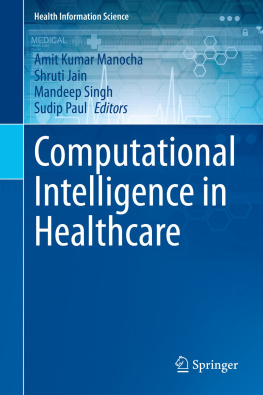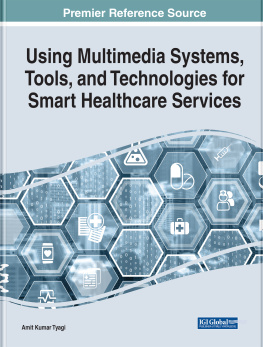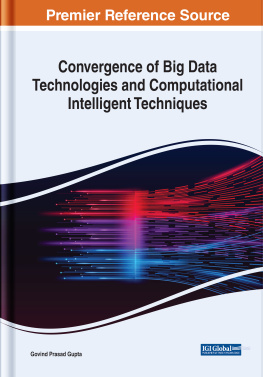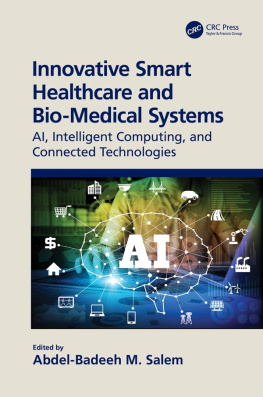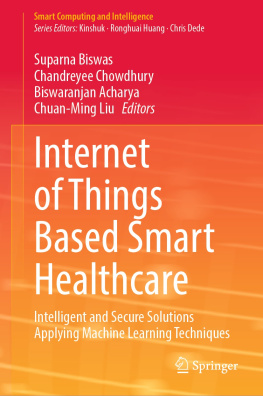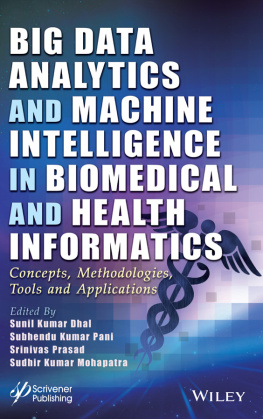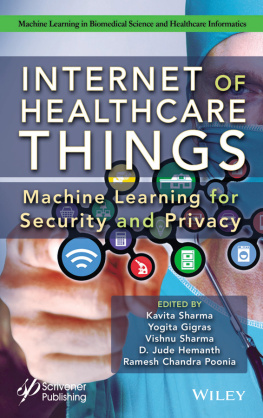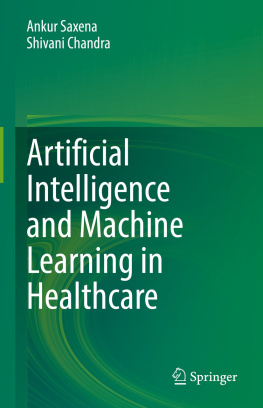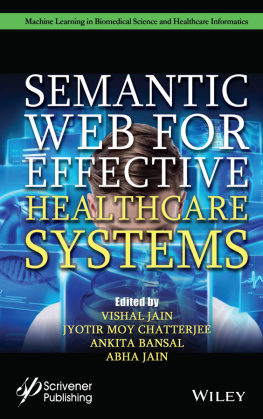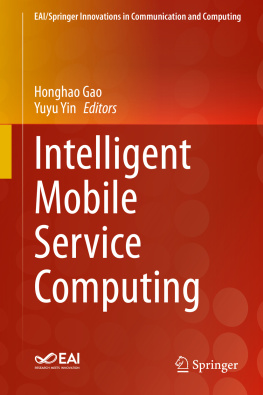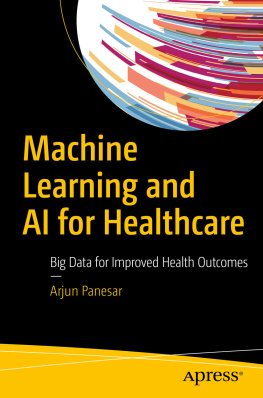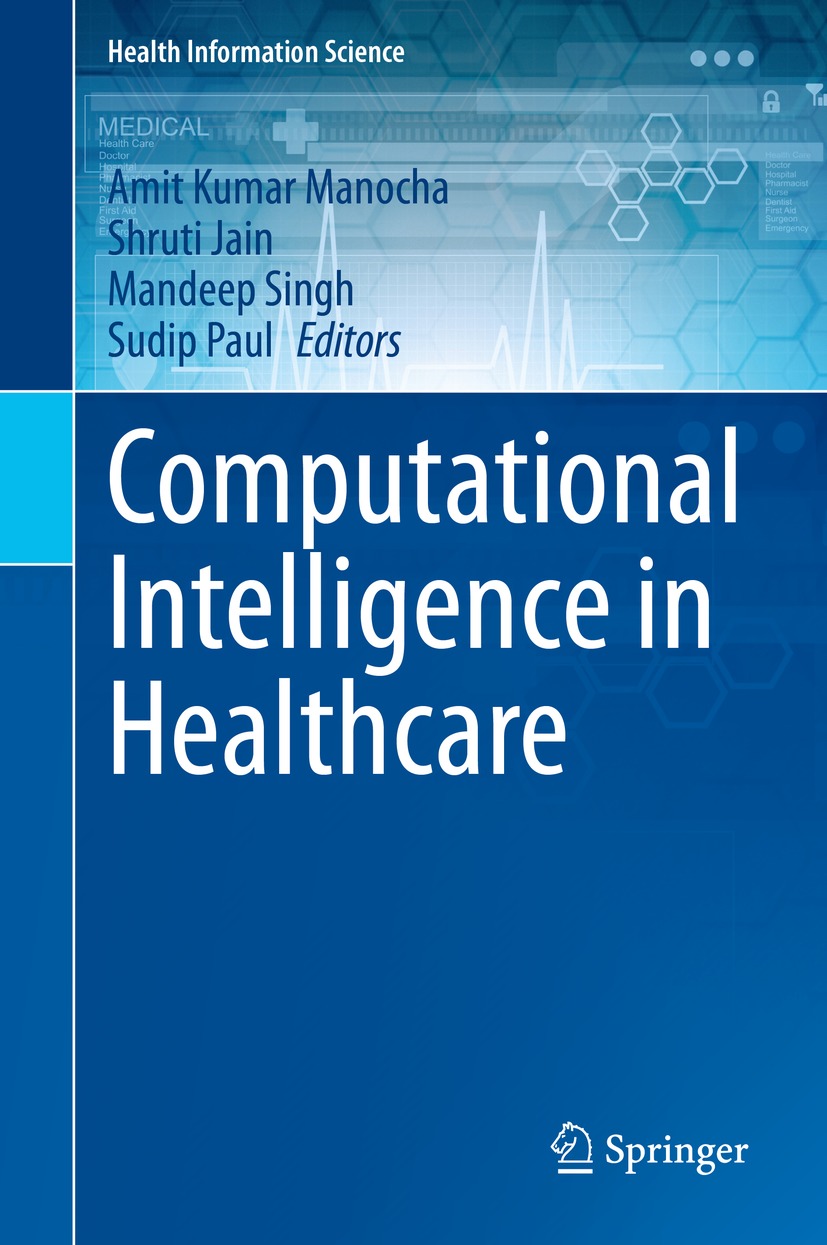Health Information Science
Series Editor
Yanchun Zhang
Victoria University, Melbourne, VIC, Australia
Editorial Board
Riccardo Bellazzi
University of Pavia, PAVIA, Pavia, Italy
Leonard Goldschmidt
Stanford University Medical School, STANFORD, CA, USA
Frank Hsu
Fordham University, Bronx, NY, USA
Guangyan Huang
Centre for Applied Informatics, Victoria University, Melbourne, Australia
Frank Klawonn
Helmholtz Centre for Infection Research, Braunschweig, Germany
Jiming Liu
Hong Kong Baptist University, Kowloon, Hong Kong
Zhijun Liu
Hebei University of Engineering, Hebei Sheng, China
Gang Luo
University of Utah, Yorktown Heights, USA
Jianhua Ma
Hosei University, Tokyo, Japan
Vincent Tseng
National Cheng Kung University, Tainan City, Taiwan
Dana Zhang
Google, Mountain View, USA
Fengfeng Zhou
Chinese Academy of Sciences, Shenzhen Institutes of Advanced Technology, Shenzhen, China
With the development of database systems and networking technologies, Hospital Information Management Systems (HIMS) and web-based clinical or medical systems (such as the Medical Director, a generic GP clinical system) are widely used in health and clinical practices. Healthcare and medical service are more data-intensive and evidence-based since electronic health records are now used to track individuals and communities health information. These highlights substantially motivate and advance the emergence and the progress of health informatics research and practice. Health Informatics continues to gain interest from both academia and health industries. The significant initiatives of using information, knowledge and communication technologies in health industries ensures patient safety, improve population health and facilitate the delivery of government healthcare services. Books in the series will reflect technologys cross-disciplinary research in IT and health/medical science to assist in disease diagnoses, treatment, prediction and monitoring through the modeling, design, development, visualization, integration and management of health related information. These technologies include information systems, web technologies, data mining, image processing, user interaction and interfaces, sensors and wireless networking, and are applicable to a wide range of health-related information such as medical data, biomedical data, bioinformatics data, and public health data.
Series Editor: Yanchun Zhang, Victoria University, Australia
Editorial Board: Riccardo Bellazzi, University of Pavia, Italy; Leonard Goldschmidt, Stanford University Medical School, USA; Frank Hsu, Fordham University, USA; Guangyan Huang, Victoria University, Australia; Frank Klawonn, Helmholtz Centre for Infection Research, Germany; Jiming Liu, Hong Kong Baptist University, Hong Kong, China; Zhijun Liu, Hebei University of Engineering, China; Gang Luo, University of Utah, USA; Jianhua Ma, Hosei University, Japan; Vincent Tseng, National Cheng Kung University, Taiwan; Dana Zhang, Google, USA; Fengfeng Zhou, Shenzhen Institutes of Advanced Technology, Chinese Academy of Sciences, China
More information about this series at http://www.springer.com/series/11944
Editors
Amit Kumar Manocha , Shruti Jain , Mandeep Singh and Sudip Paul
Computational Intelligence in Healthcare
1st ed. 2021

Logo of the publisher
Editors
Amit Kumar Manocha
Electrical Engineering, MRS Punjab Technical University, Bathinda, India
Shruti Jain
Electronics & Communication Engineering, Jaypee University of Information Technol, Solan, India
Mandeep Singh
Electrical & Instrumentation Engineering, Thapar University, Patiala, India
Sudip Paul
Biomedical Engineering Department, North Eastern Hill University, Shillong, India
ISSN 2366-0988 e-ISSN 2366-0996
Health Information Science
ISBN 978-3-030-68722-9 e-ISBN 978-3-030-68723-6
https://doi.org/10.1007/978-3-030-68723-6
The Editor(s) (if applicable) and The Author(s), under exclusive license to Springer Nature Switzerland AG 2021
This work is subject to copyright. All rights are solely and exclusively licensed by the Publisher, whether the whole or part of the material is concerned, specifically the rights of translation, reprinting, reuse of illustrations, recitation, broadcasting, reproduction on microfilms or in any other physical way, and transmission or information storage and retrieval, electronic adaptation, computer software, or by similar or dissimilar methodology now known or hereafter developed.
The use of general descriptive names, registered names, trademarks, service marks, etc. in this publication does not imply, even in the absence of a specific statement, that such names are exempt from the relevant protective laws and regulations and therefore free for general use.
The publisher, the authors and the editors are safe to assume that the advice and information in this book are believed to be true and accurate at the date of publication. Neither the publisher nor the authors or the editors give a warranty, expressed or implied, with respect to the material contained herein or for any errors or omissions that may have been made. The publisher remains neutral with regard to jurisdictional claims in published maps and institutional affiliations.
This Springer imprint is published by the registered company Springer Nature Switzerland AG
The registered company address is: Gewerbestrasse 11, 6330 Cham, Switzerland
Preface
Kirlian photography is a technique based on electrical coronal discharge. In this technique, the photographic plate made of metal is charged with a high-voltage source. The process is also quite simple, and it is recommended to use transparent electrodes instead of the discharge plate. It is an exciting method to capture the corona discharge of individual subjects. Medical image compression finds extensive applications in healthcare, teleradiology, teleconsultation, telemedicine, and telematics. Efficient compression algorithms implement the development of picture achieving and communication systems (PACS). To reduce transmission time and storage costs, efficient image compression methods without degradation of images are needed. In medical image compression techniques, the lossy and lossless methods do not produce optimum compression with no information loss.
The circuit complexity and propagation delay are the primary concern in the design of the digital circuit. In the binary system, as the number of bits increases, the computation speed is limited by carrying. Consequently, it offers low storage density, enormous complexity, and O (n) carry, producing a delay in n-bit base on two application problems. For less complexity and higher information storage density, higher radix number system can be used. Quaternary signed digit (QSD) number system performs carry-free addition and borrows free subtraction. The concept of telemedicine and telehealth is still a novice one to most practitioners. However, the continued advances in technology can demand its usability from a new generation of tech-savvy people due to its convenience, cost-effectiveness, and intelligent features. These include store and forward techniques, real-time interactive modes, remote monitoring, and smartphones for healthcare services like m-health.

